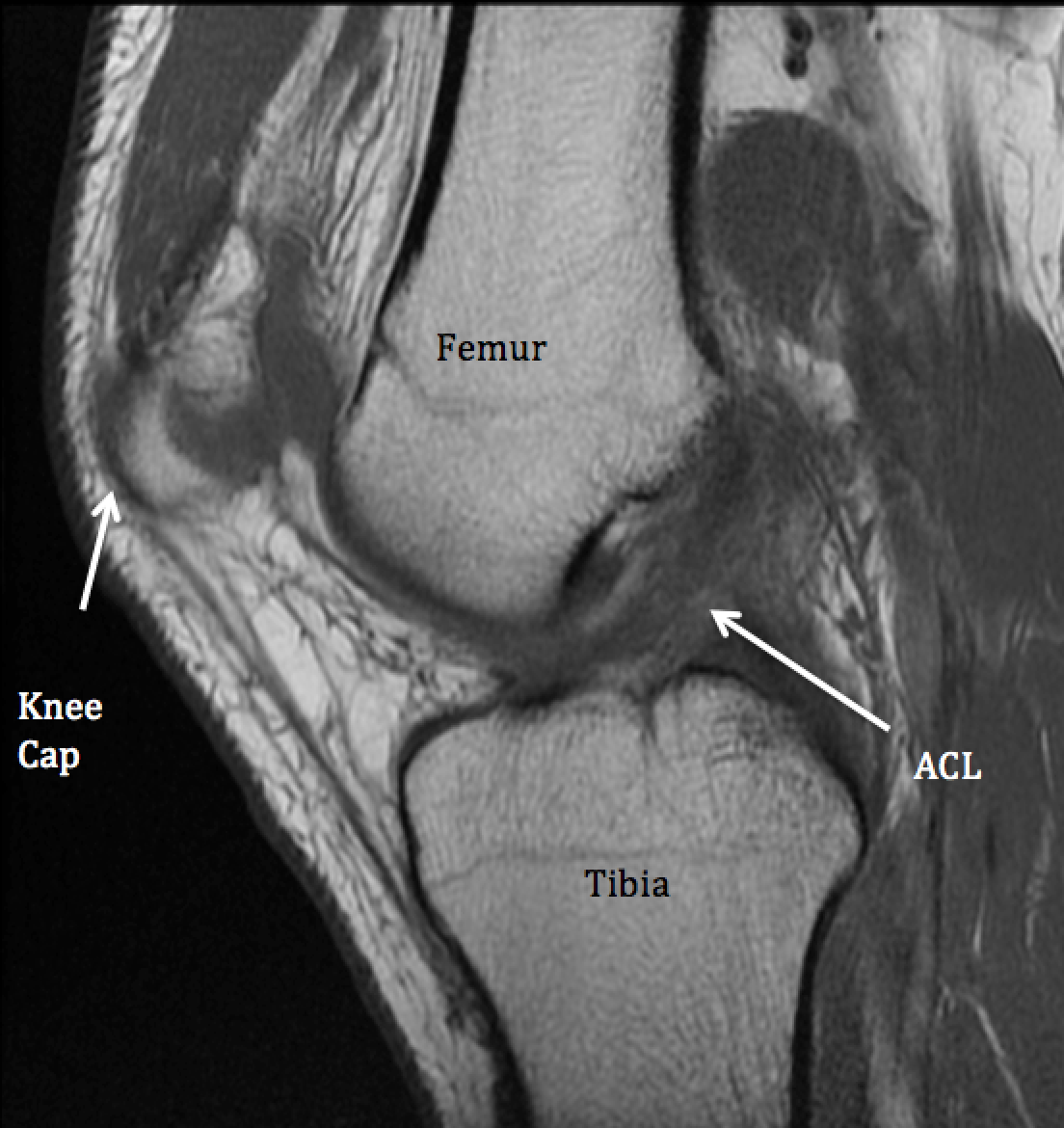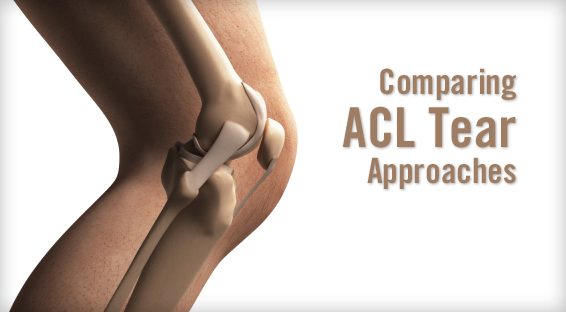Value-based medicine has gained more attention in recent years, leading many providers and healthcare systems to focus on the cost effectiveness of services they offer. This focus is important in orthopedic surgery, where procedures like anterior cruciate ligament (ACL) reconstruction have high costs but can also potentially improve quality of life and functional ability. However, little is known about the cost-effectiveness of ACL reconstruction when compared with structured rehabilitation only.
Making the Comparison

For a study published in the Journal of Bone and Joint Surgery, Mininder S. Kocher, MD, MPH, and colleagues used a Markov decision model to perform a cost-utility analysis of ACL reconstruction. The authors compared this with structured rehabilitation in the short to intermediate term (6 years) and for the longer term (lifetime). “We analyzed direct benefits, such as health-related quality of life, and indirect benefits, such as increased productivity, decreased risk of additional injuries, and decreased risk of arthritis, which all have additional costs associated with them,” explains Dr. Kocher. Effectiveness was measured in quality-adjusted life years (QALYs).
ACL reconstruction was about $4,500 less expensive, on average, and more effective in the short and intermediate term than rehabilitation only. Reconstruction was also less expensive for the long term, with average lifetime costs to society of $38,121 for reconstruction and $88,538 for rehabilitation. Also, ACL reconstruction provided an incremental QALY gain of 0.72 when compared with rehabilitation only.
“A lower rate of subsequent instability with ACL reconstruction was the main factor driving the effectiveness gains seen with reconstruction,” Dr. Kocher explains. Subsequent instability of the knee results in poorer quality of life and knee function and reduces patients’ ability to participate in recreational activities and in jobs that require optimal knee function. It also puts the knee at risk for meniscal and articular cartilage tearing, which have downstream consequences in terms of knee arthritis and the need for additional surgery.
Interpreting the Findings
According to Dr. Kocher, orthopedic surgeons should use a shared decision-making model that takes into consideration patients’ individual demands on their knees. “Some patients who tear their ACL may have lower demands on their knee, or their knee may be less unstable on examination,” he says. “For these patients, non-operative treatment with rehabilitation may make sense. But overall, most rehabilitation-only patients are at risk for knee instability.”
The costs associated with ACL reconstruction and rehabilitation support the need for greater attention on preventive injury strategies and early interventions. More research is also needed on patient-centered care to determine optimal treatment strategies. Dr. Kocher says the study findings demonstrate that ACL reconstruction is important to optimizing healthcare delivery.








